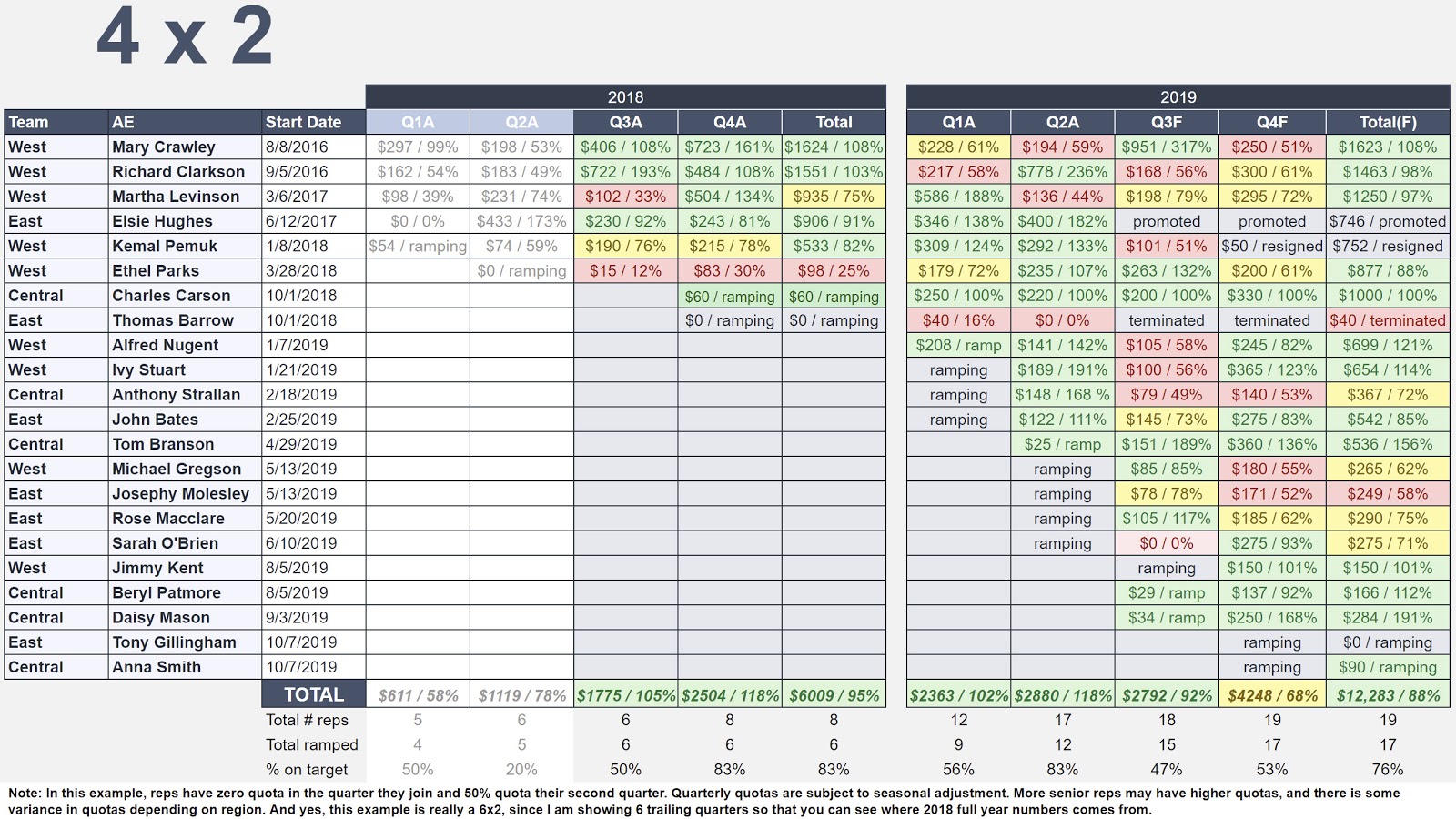The 6 Best Free Bulletin Boards to Set Up Your Own Forum
https://ift.tt/2LBKpFm

Want to have your own forum? Well, it doesn’t have to be expensive or complicated to create. There are paid forum software available, but you can pick a free alternative that is of equal or better quality.
A forum, sometimes called a bulletin board, is a great way to create a community of like-minded people. Online bulletin boards are packed with features and their interface is designed to encourage chatter.
Let’s take a look at the best free bulletin boards you can find today.
What Is a Self-Hosted Forum?
We are going to talk about bulletin board forums that are self-hosted. This means you are installing the forum software on your own website. You are responsible for the cost of server storage and the domain. Bear in mind that if your community grows large, the cost of storage will increase.
Running a self-hosted forum, as opposed to one managed by a third party, has many benefits: You are in total control of your data, aren’t forced to display adverts or pay for some features, and can often customize them much more too.
Some self-hosted forums can be a bit tricky to install, but all the services listed below have great documentation and support pages to help you out. You should also look to see if your hosting provider offers one-click installation of a forum software—many of the well-known hosts do.
1. phpBB

For more than two decades, phpBB has been considered the premier free bulletin board for users across the globe. It’s a shining example of the quality open-source development can lead to and is still in active development.
Perhaps the biggest advantage of phpBB is its popularity. It’s likely that someone has already tried to do whatever you’re thinking of doing with your forum, whether that’s in functionality or design. It’s very easy to install something from the extensive user-created extension database.
Its administration panel is wonderfully simple and comprehensive. You don’t require any programming knowledge to start creating categories and boards, editing user group permissions, install themes, and more. You’ll be up and running in no time.
2. MyBB

MyBB has been around for many years, but it continues to evolve. It’s packed with awesome features, but it manages to maintain excellent speed. Not only that, but it works behind the scenes to keep the database in good shape.
MyBB has a built-in user reputation support, excellent calendar features, multi-quote, and quick reply. You can also embed media, send private messages, and so much more.
You can edit color schemes using a simple editor. Alternatively, you can dive right into the CSS for some advanced customization. It only takes minutes to install plugins, which can be handily updated via the admin panel.
3. Simple Machines Forum

Simple Machine Forum (SMF) first released in 2003, created as a spin-off from the now defunct YaBB SE software. Despite its age, SMF continues to receive regular updates. While it’s laid out like a classic bulletin board, it still has a fresh feel.
If you’re looking for a free bulletin board with an excellent interface, SMF is likely your best choice. SMF has an excellent default style and easy to navigate admin panel that provides a lot of information in minimal space.
SMF also has a modification database that includes a wide variety of add-ons that can be used to change the bulletin board. This includes everything from added emojis to search engine optimization to social networking features.
4. Vanilla

Vanilla primarily targets business customers with its cloud-based solution. Nevertheless, the open source version still remains a great choice, especially if you want to embed a forum within your existing website because you can use it as a forum and a commenting system.
It supports social media log in, single sign-on, and you can also import from other forums. It’s less feature-rich compared to some other providers but makes for a great, simple forum platform.
The only downside is that features for paid users are often not given to those running the free, open source version. That said, many of these eventually become available through plugins from community members.
5. Discourse

Discourse is the most modern forum software on this list. It doesn’t look like a traditional bulletin board, but it’s designed for modern web browsing habits. As such, conversations aren’t broken into pages—there’s an endless scroll, with a handy bar showing where you are in the discussion.
Other features include dynamic notifications (similar to Facebook tagging), automatically expanded embedded media, single sign-on, social login, community moderation, mobile optimization… and that’s just scratching the surface.
Discourse can take a bit of getting used to and isn’t easily modifiable, especially if you’re more familiar with the traditional forum software. Nevertheless, Discourse can be customized with themes and there are a few plugins available, like Patreon and advertising integration.
6. FluxBB

FluxBB is a bit different from the other software listed here. It prides itself on being a lighter, faster alternative. It’s simple to use and has a nice, clean interface, making it a breeze to navigate around and get right into the discussions.
While it does have fewer features than other software, it still has everything you’d expect from a forum in terms of posting and splitting by category and board. There are also moderation tools and a permission system to control user groups.
You can customize the theme, but only on a basic level. And there aren’t many styles available on the community market. That said, there are ample plugins, meaning you can extend the functionality to include image upload, SEO support, and more.
Use a Remotely Hosted Forum Instead
Which of these forum software packages you choose depends on your needs. For example, some prefer SMF because it looks professional out of the box, while others like phpBB because of its huge community. No matter which you choose, you can’t go too wrong. You can always take ideas from many free message boards that are popular.
If you’ve decided that hosting your own forum independently isn’t right for you, consider using a remotely hosted forum provider.
Read the full article: The 6 Best Free Bulletin Boards to Set Up Your Own Forum
non critical
via MakeUseOf.com https://ift.tt/1AUAxdL
December 9, 2019 at 04:46PM













